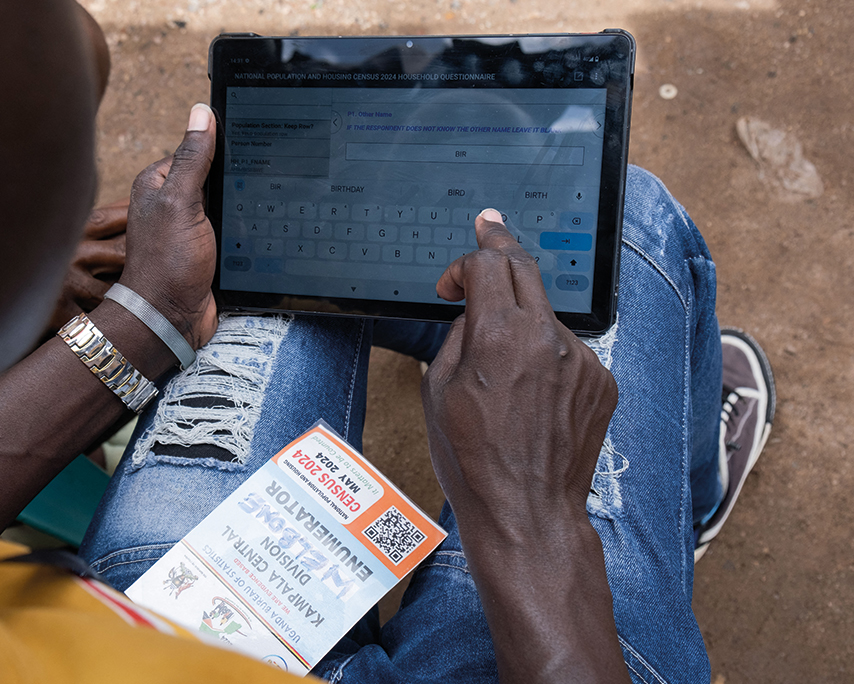World Population Day
Why disaggregated data is Africa’s next big development tool
In recent decades, the world has become more aware of how it collects and uses data. No longer satisfied with sweeping averages or national-level figures, we now see population data broken down by age, gender, ethnicity, ability, location, and more. These disaggregated numbers not only help us understand the what but also the who, where, and why.
For development professionals, this shift is not a technical upgrade. It is a revolution in accountability, relevance, and impact. For Africa, a continent with the world’s youngest population and some of the most dynamic demographic shifts, this data could be the single most crucial tool to ensure that growth is not just happening but is inclusive and future-facing. As we commemorate World Population Day, we explore why, as professionals in the development space, we need to pay attention, include the public in the conversation of disaggregated data, and what this kind of information means for Africa.
Whether you work in health, education, agriculture, governance, or climate resilience, your job depends on understanding the people you serve. Disaggregated data is how you move from assumptions to accuracy. If you know that adolescent girls in rural areas are missing school during menstruation or that youth unemployment is highest among urban males aged 19–24, you do not need guesswork—you need a strategy. This is the power of data that sees the specific, not just the average.
Yet, many development programmes still fail to leverage this information. We write policies for “the youth,” forgetting that youth in a Nairobi tech hub and youth in a Garissa village face very different realities. We talk about “women’s empowerment” while ignoring data on unpaid care work, digital gender gaps, or maternal mortality differences by region. If we do not know who is being left behind, how can we claim we are moving forward?
Of course, not everyone is a data analyst. But everyone has a right to understand the forces shaping their lives—and that includes the numbers behind them.
Too often, development professionals hide behind reports, indicators, and jargon. However, real change occurs when people understand how data impacts their daily lives. This requires us to humanise the numbers. Instead of saying, “Youth unemployment is high,” disaggregated data might tell us, “Unemployment among urban males aged 19–24 is 38%, while among rural females aged 25–30, it’s 18%.”
Use community radio, WhatsApp posters, short videos, and storytelling to explain what the numbers mean—and why they matter. When people understand that data equals visibility and visibility brings resources, they begin to demand better data, better decisions, and better results.
Africa is young. More than 70% of the population in Sub-Saharan Africa is under the age of 30. The question is not whether this youth bulge will shape the continent—it is how.
Will we design education systems based on where the youngest populations actually live? Will we invest in health, jobs, and infrastructure where the data indicates the greatest need? Will we recognise that young women, young men, young parents, and out-of-school youth all have different needs and therefore require targeted solutions? This is where disaggregated data matters most. It allows governments, NGOs, and businesses to plan with precision and deliver with accountability.
When done well, disaggregated population data tells us not just how we are doing but who we are doing it for. It reveals the faces behind the figures and compels us to ask whether those faces are being seen, heard, and served. For Africa, this is more than a statistical shift. It is an opportunity to create systems that accurately reflect the genuine diversity and energy of its people, especially its youth.



